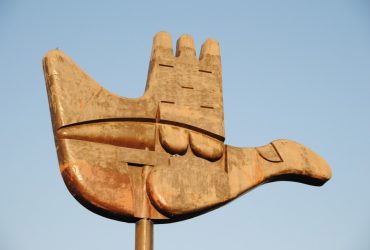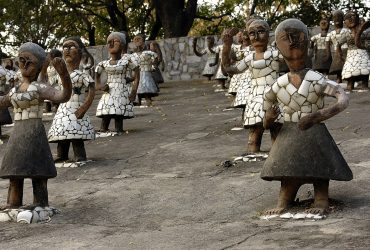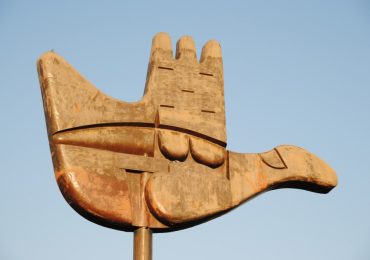Chandigarh in India , located near the foothills of Shivalik range of Himalaya is a Union Territory and also the capital of two states Punjab and Haryana. It was one of the early planned cities in post-independent India and is internationally known for its architecture and urban design. The city is home to some of greatest architectural creations of Swiss-French architect Le Corbusier who was also the main architect of the city. BBC in 2015, published an article and named Chandigarh as one of the few master-planned cities in the world to have succeeded in terms of combining monumental architecture, cultural growth and modernisation.
Chandigarh’s Capitol Complex housing the High Court, Secretariat , Punjab and Haryana Assembly along with monuments Open hand, Martyrs Memorial, Geometric Hill and Tower of Shadow and Rock Garden has been declared as a UNESCO World Heritage Site.
Along with many government buildings , Le Corbusier also designed the largest of Le Corbusier’s many Open Hand sculptures, standing 26 metres high. The Open Hand ( la Main Owverte ) is a recurring motif in Le Corbusier’s architecture, a sign for him of “peace and reconciliation. It is open to give and open to receive.” It represents what Le Corbusier called the “Second Machine Age”.
A special permission is required to visit the Capitol Complex which can either be obtained on-line or in person from Tourist Facilitation Center by presenting copy of the Passport. Visitors are issued passes and than can be visited in a group of not more than 30 persons in 3 batch at 10:00 AM , 12:00 AM and 3:00 PM. Capitol Complex is closed to visitors on Sunday and National Holidays.
Rock Garden in Chandigarh is a sculpture garden created by Neck Chand in 1957 as an open air exhibition hall spread in 40 acres displaying the sculptures made of using urban and industrial waste like bottles , glasses , ceramic tiles and pots, sinks , electric waster, pipes etc.








